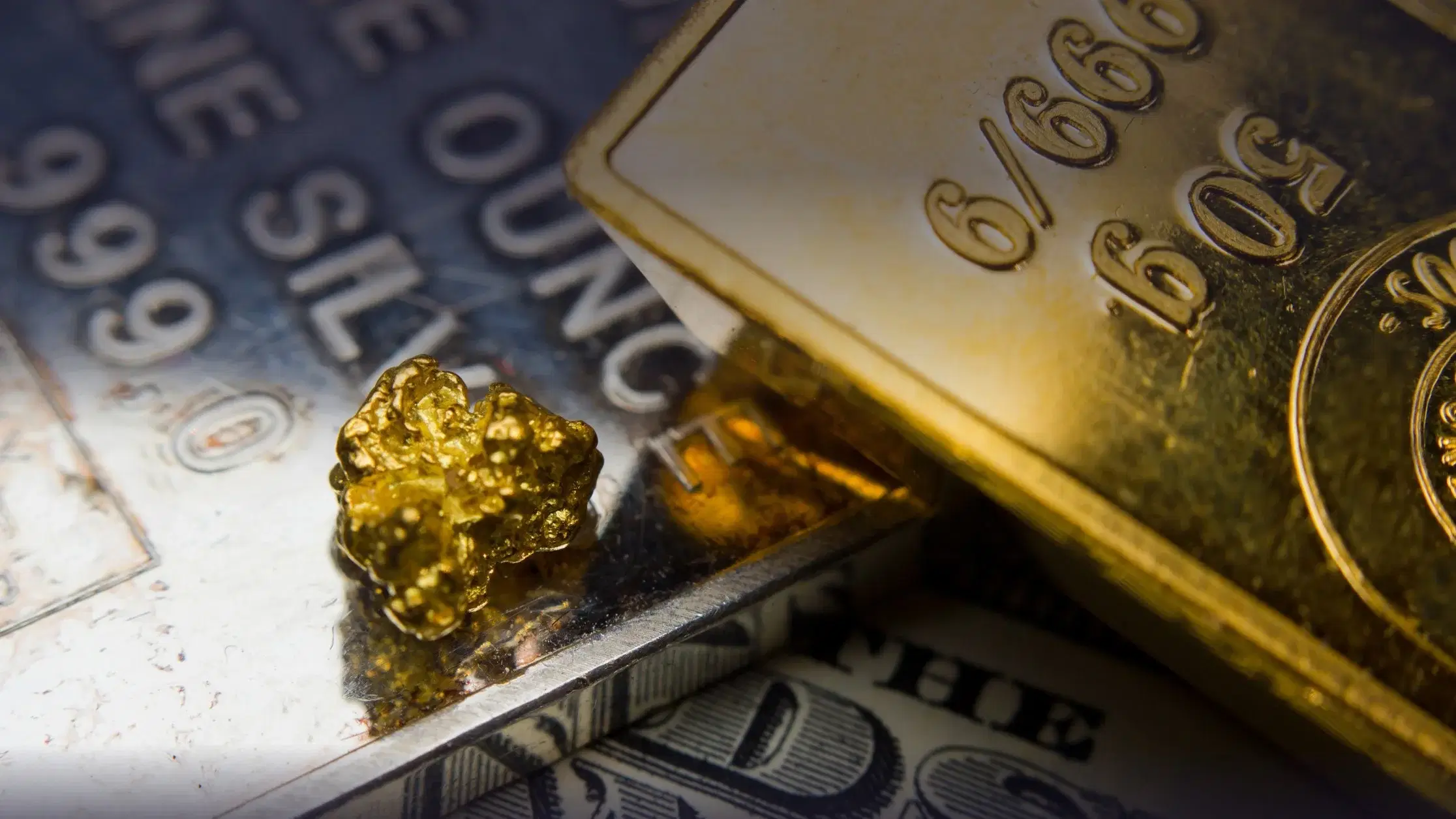When you hear the term gold, you automatically think of something precious and expensive. Since its discovery, gold has remained among the most precious and popular investments. Like most markets, the gold market is prone to speculation and instability. For years, gold has been used as a currency in the past and a standard currency for many economies of different countries. The price of gold is very important, and as an individual or investor, you need to look at the price of gold to learn more about it.
Like any other item in the market, the price of gold is influenced by factors such as supply and demand. When examining the history of gold prices, you need to focus mainly on three trends: uptrend, downtrend, and sideways. Understanding how the market behaves and moves is very important for an investor. Looking at a few historical gold charts will show a trend of prices over the previous fifty years or more. In the early 1970s, the price of gold increased gradually as the years passed. In 1980, gold’s price peaked, rising from 101.50 USD per ounce to 873 USD per ounce. This marked a significant upward trend for gold.
Between 1982 and 1996, the price of gold entered a sideways trend. The market stalled, and the price decreased from an estimated 514 USD to 281 USD, a very significant difference. When you look at the price of gold in the 90s, you will notice that people thought the gold market was dead. The prices fluctuated from a high of 325 USD to a low of 250 USD per ounce. This market situation did not last long. In 2001, the price of gold started to increase due to several factors, and in 2011, the price reached a mark of 1900 USD. Since then, the price of gold has continued to fluctuate due to various market influences, both internal and external. At present, gold prices are around $2,790 per ounce.
Over recent years, the demand for gold has increased. The demand for bars and coins has gradually increased, with estimates of around 6%, totaling 302.2 tons, mainly in Asia and the Middle East. Currently, the demand for gold is very high, but the supply is slowly diminishing, taking an unusual turn, and the value of gold has decreased. This might not be a bad sign for gold since its value is expected to rise again soon.

Relatedly, check our diamond prices chart.

